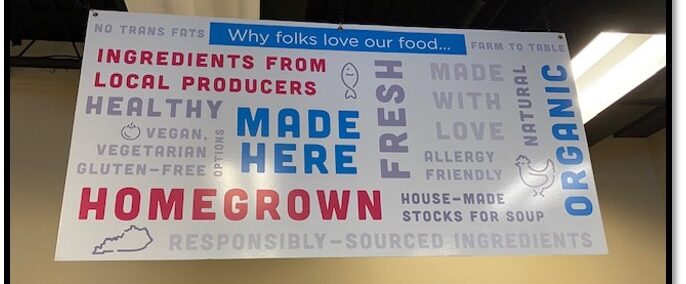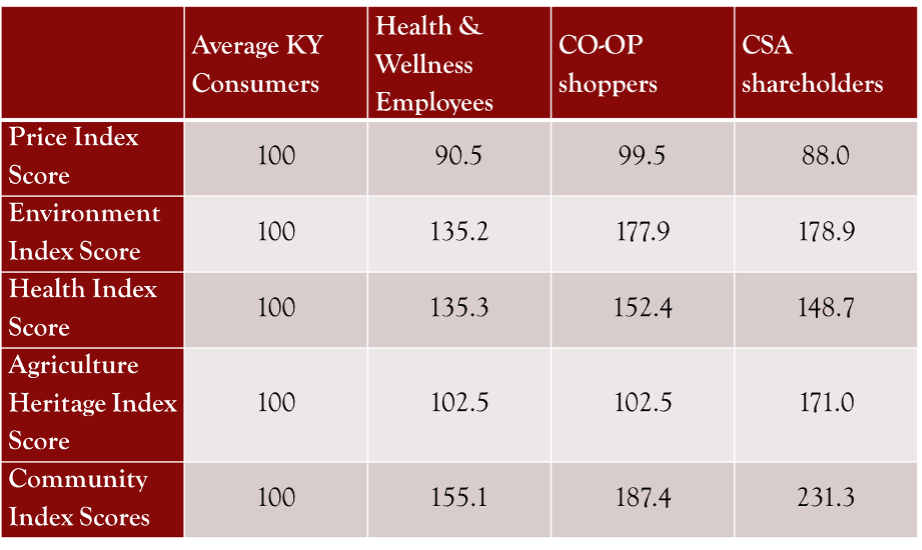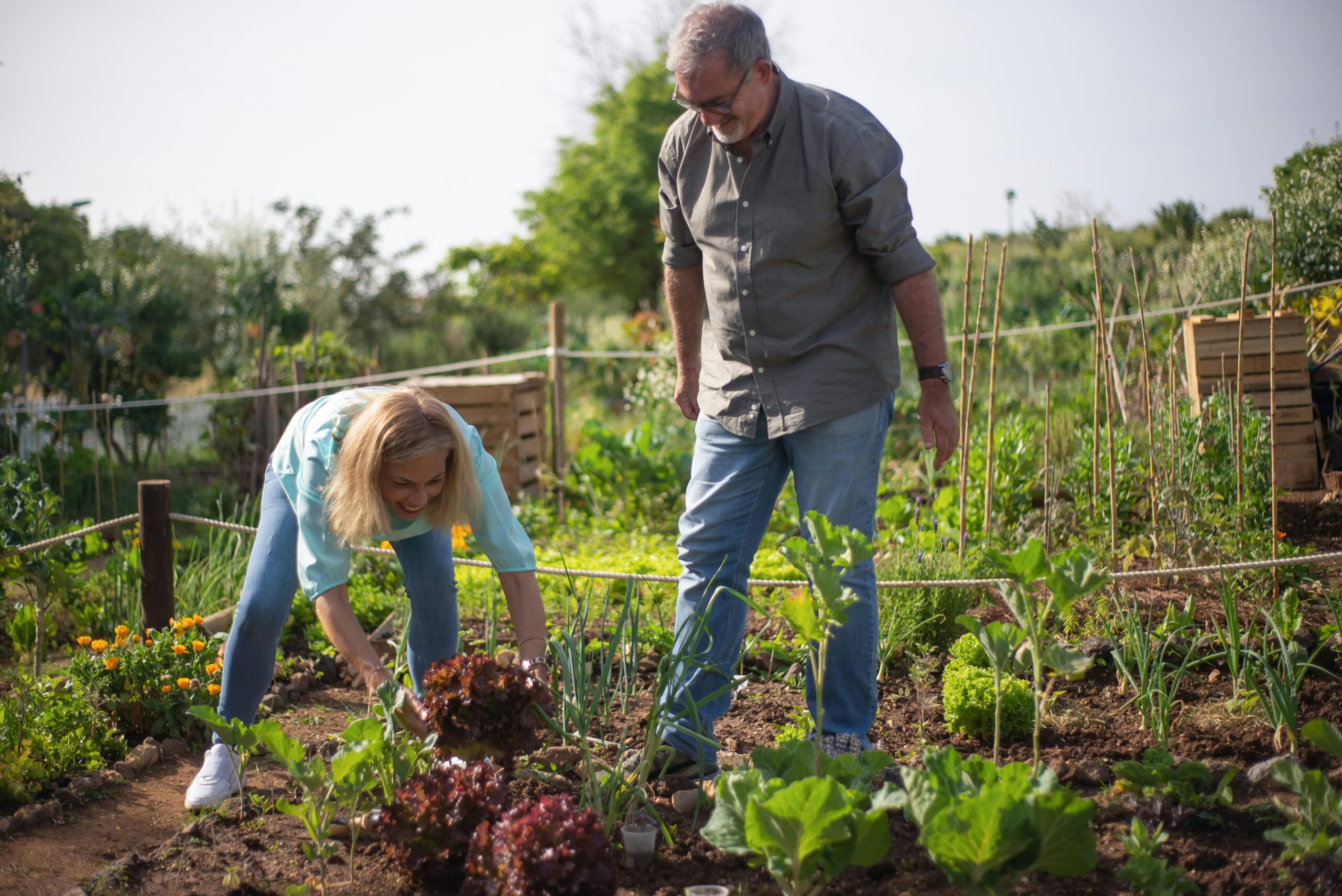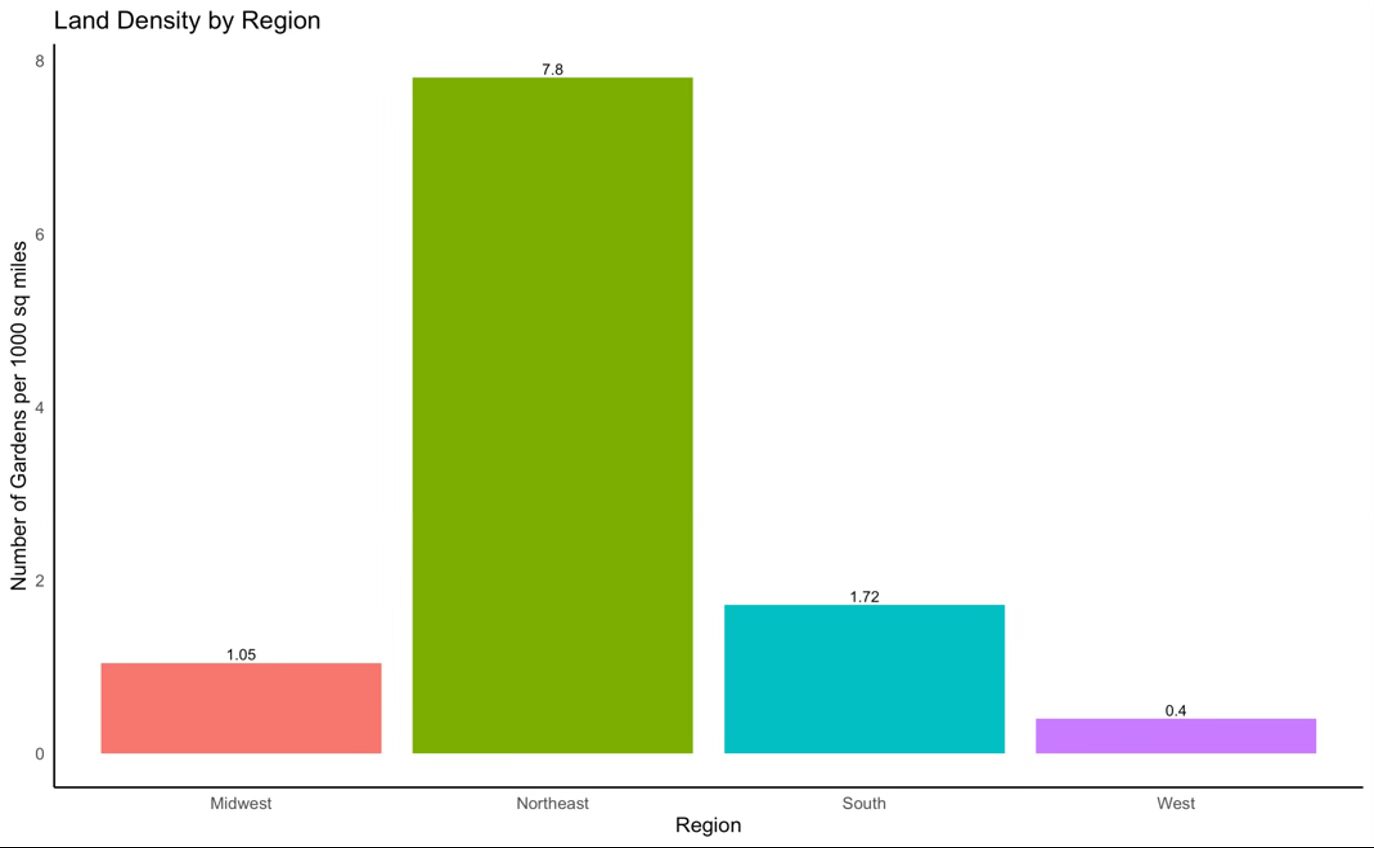The challenges associated with current labor shortages, availability of diverse job opportunities, and creation of employment pathways are well understood. Can the US deliver effective workforce development programs in ways that work for all? The answer is a resounding Yes! However, designing effective employment programs and pathways that work for employed and unemployed community residents is not obvious or straightforward. Skill gaps vary according to geography (Moretti, 2024). The propensity to look for jobs and the availability of job opportunities varies across states and cities. For instance, workers entering job markets in states with strong economies will likely find work. Further, labor markets for manual and unskilled work tend to be localized, while professional positions attract job seekers from everywhere.
Many jobs require skills training beyond high school but not a formal degree. This creates a misalignment of skills, and training opportunities for those in-demand skills are often inaccessible to the citizens who need them most. This is true for Texas and many other states. Skills training has emerged as a pressing demand to address the challenges facing workforce development in the nation today. Workforce development stakeholders typically consist of employers and federal, state, and local governments. Employed residents are sometimes included in some of the planning and implementation of workforce development programs. However, unemployed residents are often overlooked or left out in the planning and design of workforce development initiatives. Moreover, offering support services, such as childcare or eldercare, can increase the participation of women in the workforce. Underscoring these trends, it is becoming clearer as to why some regions and cities have prospered more than others.
Finding jobs that match our talent, pay well, and align with individual preferences significantly enhances our quality of life. Regions with strong economies offer a better quality of life. In contrast, low-resourced communities face more complex challenges in developing the local economy. Community members also face disparities related to health and well-being, access to public and private services infrastructure, and the quality of their physical and material environments (Bernard et al., 2022). For example, commuting to work daily or access to healthcare requires reliable transportation, and its absence can limit one’s ability to take advantage of existing resources. The availability of and access to resources and constraints to be overcome by community residents need to be examined from a region-specific and localized focus. Health and social inequalities play an important role in shaping well-being and employment challenges facing community members. Thus, the choice between workforce development and well-being is far from neutral.
My research shows that addressing the well-being needs of residents plays an important part in fostering a local ecosystem that, in turn, supports the community in addressing its workforce development needs. Thus, it is important to consider the well-being of community members to reshape and harness the full potential of our work environments. To succeed with workforce development programs, we need to refocus our priorities on well-being. When the health and well-being of community residents are fostered, they show up for work, take less leave, have the confidence to perform well in their jobs, and ensure the safety of their workplace. Investing in skills training enhances the health, quality of life, and economic success of residents and the broader community.
References
Moretti, E. (2024). Place-based policies and geographical inequalities. Oxford Open Economics, 3(Supplement_1), i625-i633.
National Skills Coalition. (2022, May 12). Skills mismatch. https://nationalskillscoalition.org/skills-mismatch/
Bernard, J., Steinführer, A., Klärner, A., & Keim-Klärner, S. (2023). Regional opportunity structures: A research agenda to link spatial and social inequalities in rural areas. Progress in Human Geography, 47(1), 103-123. https://doi.org/10.1177/03091325221139980
Alagaraja, Meera. “Harnessing Workforce Development and Well-being in Communities.” Southern Ag Today 4(52.5). December 27, 2024. Permalink







